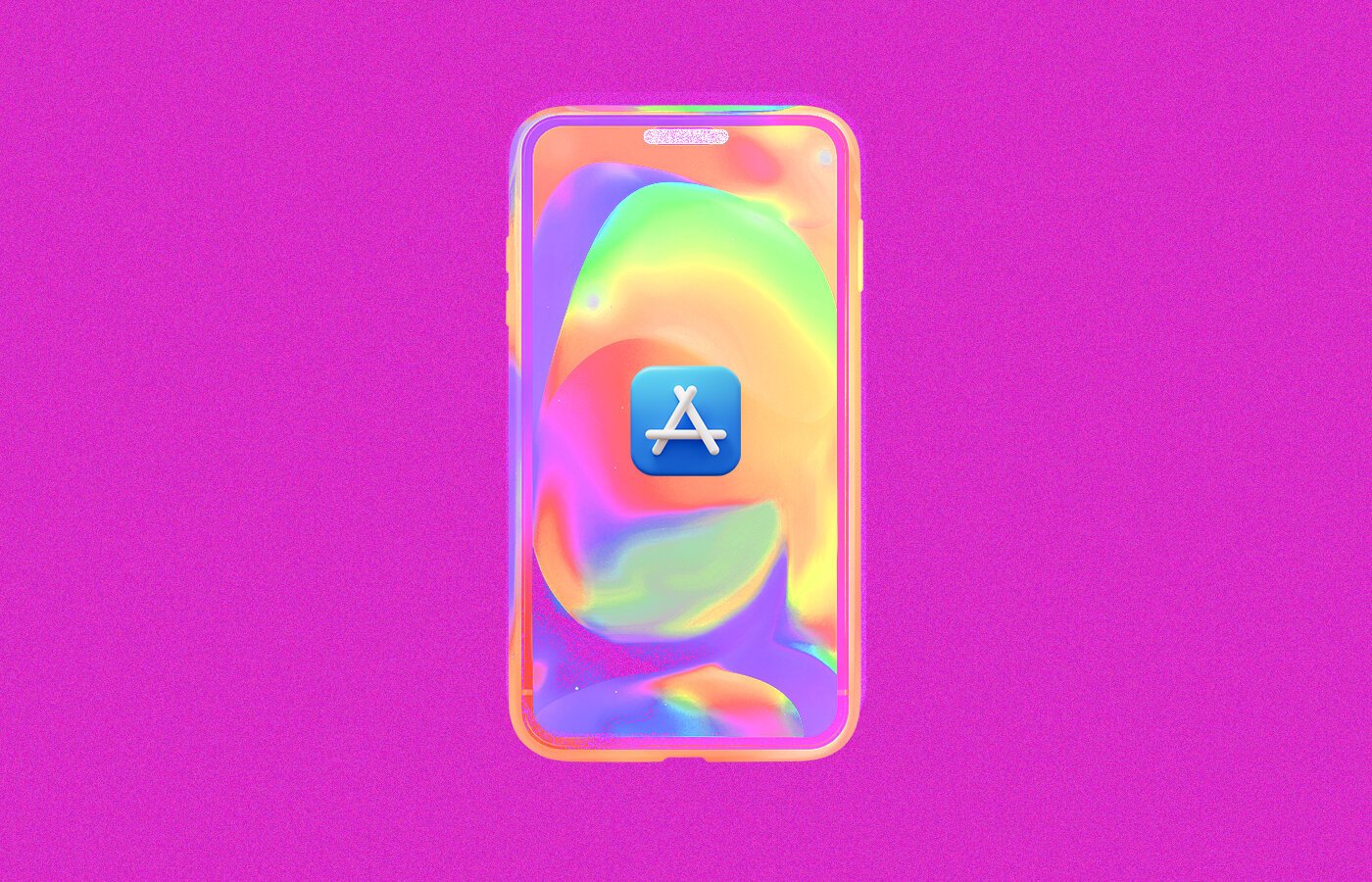blog
The Next Wave of iOS Development: 2025 Insights
By Mohan S App development Digital transformation September 14, 2025

Singapore’s mobile app market isn’t just growing, it’s reshaping how technology gets built and used across the region.
This blog looks at the forces shaping iOS development in 2025: the data behind market growth, the technologies redefining apps, and the opportunities opening up for those who want to move quickly. The trends here aren’t theoretical, they’re what’s already driving adoption in across industries like fintech, healthcare, retail, and beyond.
iOS Mobile App Market Dynamics and Trends (2025)
The mobile app market in Singapore and across APAC is experiencing a significant resurgence in 2025.
A. Market Growth and Key Drivers
iOS Market Share in Singapore: As 2025, iOS holds nearly 25-30% of the mobile operating system market share in Singapore (StatCounter). This is a significant factor driving demand for iOS app development.
Revenue Growth: Global consumer spending on iOS apps in 2024 surpassed $90 billion, accounting for over 65% of all app store revenues worldwide (Statista). This highlights iOS as the most lucrative platform for developers targeting premium markets.
Apple’s Security and Privacy: Apple also reported that in 2024 alone, it prevented over US $2 billion in potentially fraudulent transactions, blocked nearly 2 million risky app submissions, and over the last five years (including 2024), stopped more than US $9 billion in fraudulent transactions. Users also trust the privacy features offered by Apple compared to its counterparts.
Developer Ecosystem Growth: The number of active iOS developers in APAC rose by 18% year-on-year in 2024 (Apple Developer Report), supported by Apple’s continued investment in Swift, Xcode, and ARKit.
You may like to read: iOS Vs Android App Design
B. Emerging Technologies Shaping iOS App Development
Artificial Intelligence (AI) & Machine Learning (ML): AI has become part of everyday life in Singapore, showing up in apps ranging from chatbots to recommendation engines. It can power apps with predictive analytics, language processing, image recognition, and even voice commands. Explore the role of AI in personalization.
Augmented Reality (AR) & Virtual Reality (VR): Apple's ARKit and RealityKit position iOS as a leader in AR/VR, enabling immersive gaming, retail, and virtual shopping experiences.
Voice and Conversational Interfaces: With the rise of smart speakers and voice assistants, voice-enabled apps are gaining traction and increased use-cases.
Super Apps: The consolidation of multiple functions into a single platform (e.g., Grab, WeChat, Gojek) is gaining traction, catering to Singaporeans' demand for convenience.
Cross-Platform Development: Tools like Flutter, React Native, and Xamarin are becoming standard, reducing development time and costs (Google Flutter).
Low-Code/No-Code Platforms: These platforms are democratizing app development by enabling visual builders and templates.
IoT Integration: Apple’s HomeKit provides tools for intuitive IoT control.
Wearable App Development: The Apple Watch continues to drive demand for health and lifestyle apps.
App Clips: App Clips streamline user engagement by enabling quick app access without a full download (Apple App Clips).
AI-led Innovation in iOS App Development
Artificial Intelligence is no longer a futuristic add-on in iOS apps, it is now a central force shaping how businesses design, develop, and scale their mobile solutions. Apple’s latest ecosystem changes, alongside emerging AI-driven tools, are redefining the competitive landscape for app owners.
Apple Intelligence: Smarter, Privacy-First Experiences
Apple has introduced Apple Intelligence, a suite of on-device AI models that enhance user experiences with features like live translation, Genmoji (AI-created emojis), Visual Search, and contextual assistance (Apple WWDC 2024). The key advantage is that these models run locally on iPhones, delivering faster responses while safeguarding user privacy.
iOS 26 & Liquid Glass: AI-Friendly Design Language
With iOS 26, Apple unveiled a new design language called Liquid Glass, a fluid, translucent UI aesthetic across iOS, iPadOS, and macOS and offering users a smoother and more immersive experience. This requires app owners to refresh design assets to stay visually aligned.
Democratization Through Vibe Coding & No-Code Platforms
Startups like Vibecode and Base44 are pioneering conversational app building tools. This lowers entry barriers and accelerates prototyping cycles.
Strategic Implications for Business Owners
Audit current apps to identify features that could benefit from Apple Intelligence.
Refresh design to stay aligned with iOS 26 standards.
Experiment with AI build tools for faster, cost-efficient iOS development.
Invest in marketing to stand out in a more competitive landscape.
iOS App Development in Singapore (2025)
A. Key iOS Development Trends
AI-Powered Applications: AI is becoming standard in iOS development. Core ML enables on-device model deployment for apps that provide predictive healthcare, smart retail recommendations, or finance-based fraud detection. Developers are increasingly embedding generative AI features, such as AI-driven chat assistants and personalized content suggestions, into mainstream apps.
AR and VR Applications: ARKit 6 expands beyond gaming. Real estate companies are launching apps for virtual property tours, while education providers are using AR for interactive classroom experiences. Retailers are adopting AR for virtual try-ons, boosting conversion rates and customer satisfaction.
Integration with Smart Living and IoT: iOS developers are leveraging HomeKit to integrate apps with Singapore’s growing smart city ecosystem. Examples include apps for seamless energy monitoring, smart locks, and integrated security systems, aligned with sustainability and convenience goals.
Stronger Focus on Security: With Singapore’s PDPA regulations, developers are implementing advanced measures like biometric authentication, end-to-end encryption, and secure enclave storage. Financial and healthcare apps especially highlight compliance to reassure users about data protection.
5G-Driven Experiences: Low-latency 5G connectivity enables new use cases such as multiplayer AR gaming, remote surgeries assisted by AR overlays, and enhanced telehealth consultations. Businesses are exploring ways to monetize these high-bandwidth capabilities.
Demand for Cross-Platform Development: While Swift remains the core for iOS, frameworks like Flutter and React Native allow businesses to target both iOS and Android without duplicating effort. Startups, in particular, are adopting these frameworks to stretch limited resources.
Swift 6 Adoption: Swift 6 offers improved concurrency, memory safety, and faster runtime performance, allowing developers to handle increasingly complex app logic. Early adoption is high among enterprise developers focused on scalability.
Wearable App Development: The Apple Watch ecosystem is expanding. Health and wellness apps now integrate features like ECG, blood oxygen monitoring, and sleep tracking. Corporate wellness programs in Singapore are leveraging wearable-driven apps for employee engagement.
App Clips: Businesses such as F&B outlets and transportation providers are deploying App Clips to allow instant access to payment or booking features. This trend supports Singapore’s culture of fast, efficient mobile-first interactions.
Accessibility and Inclusive Design: Developers are focusing on apps that support visually and hearing-impaired users, incorporating features like VoiceOver, haptic feedback, and customizable display settings. Accessibility is no longer optional but a standard expectation in iOS development.
B. Tools and Opportunities
Essential Tools: Swift, Xcode 15, TestFlight, Core ML, Firebase, ARKit 6, and CloudKit.
Opportunities for Disruption: Fintech, healthcare, education, and e-commerce/lifestyle sectors are leading areas for innovation. For instance, telemedicine apps integrated with wearables are becoming mainstream in Singapore.
Conclusion
Singapore’s mobile app ecosystem in 2025 blends rapid innovation with regulatory guardrails. To win here, businesses need to build for speed, personalization, and sustainability while earning user trust. The companies that adapt fastest to AI, 5G, and design shifts won’t just participate in the market, they’ll define it. The emphasis on personalization, efficiency, and social responsibility will define success in this dynamic digital landscape.


